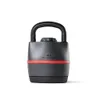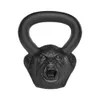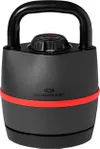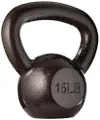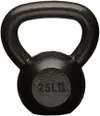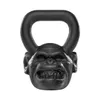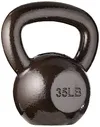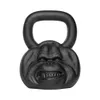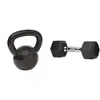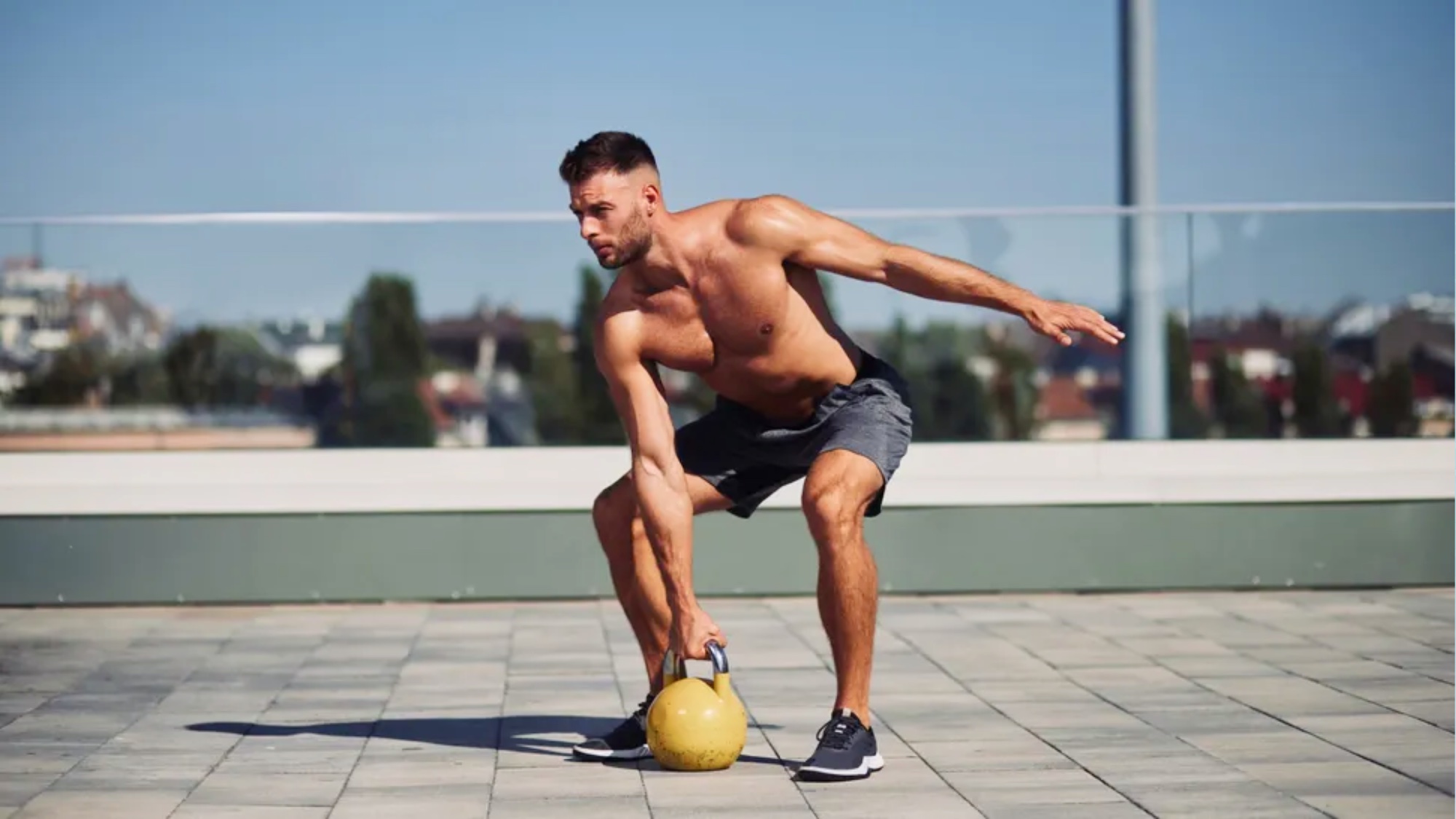
I love a compound exercise — a technical term for a move that works multiple muscles simultaneously, like a squat — and kettlebell workouts are as compound as they come. I recommend adding these five full-body exercises to your strength and conditioning routine for that very reason.
First, you’ll need one of the best kettlebells for weight training. Then, I recommend checking out the moves step-by-step below, plus their benefits for your body. Kettlebells are super fun to work with; kettlebell flows and complexes overload the muscles creatively, allowing you to sequence multiple moves together into a routine and hit your zen state while you train.
Beats tired ol' circuit training any day of the week for me.
These kettlebell exercises build full-body strength, muscle, endurance and power. They certainly pack a punch, so here they are.
What are the five kettlebell exercises?
Because of how kettlebells are designed compared with dumbbells — the handle above the bell — you can be far more fluid with your movements, which means more wrist work, but also more range of motion. For that reason, a lack of control can cause a forearm slap — where the bell hits your arm if you lack the grip strength to control the kettlebell movement pathway.
Whether you’re a kettlebell beginner or seasoned in working out with them, I strongly recommend reading our guide on holding a kettlebell properly and tips for kettlebell beginners.
1. Kettlebell cleans
Kettlebell cleans involve powerfully driving the bell from the ground to the shoulder or shoulders in one fluid movement. It allows you to transition from lower to upper body exercises, like presses and front rack squats.
Sign up to get the BEST of Tom's Guide direct to your inbox.
Get instant access to breaking news, the hottest reviews, great deals and helpful tips.
Unilateral movement also allows you to focus on one side of the body at a time and use plenty of core engagement to drive the clean for stability and balance. You can perform cleans as a standalone lift that develops explosive power, speed, and strength, or use it as the initial driver for other lifts like the clean and jerk and clean and press.
Watch the video above to learn the move or check out how to do the clean exercise step-by-step.
2. Kettlebell overhead walking lunges
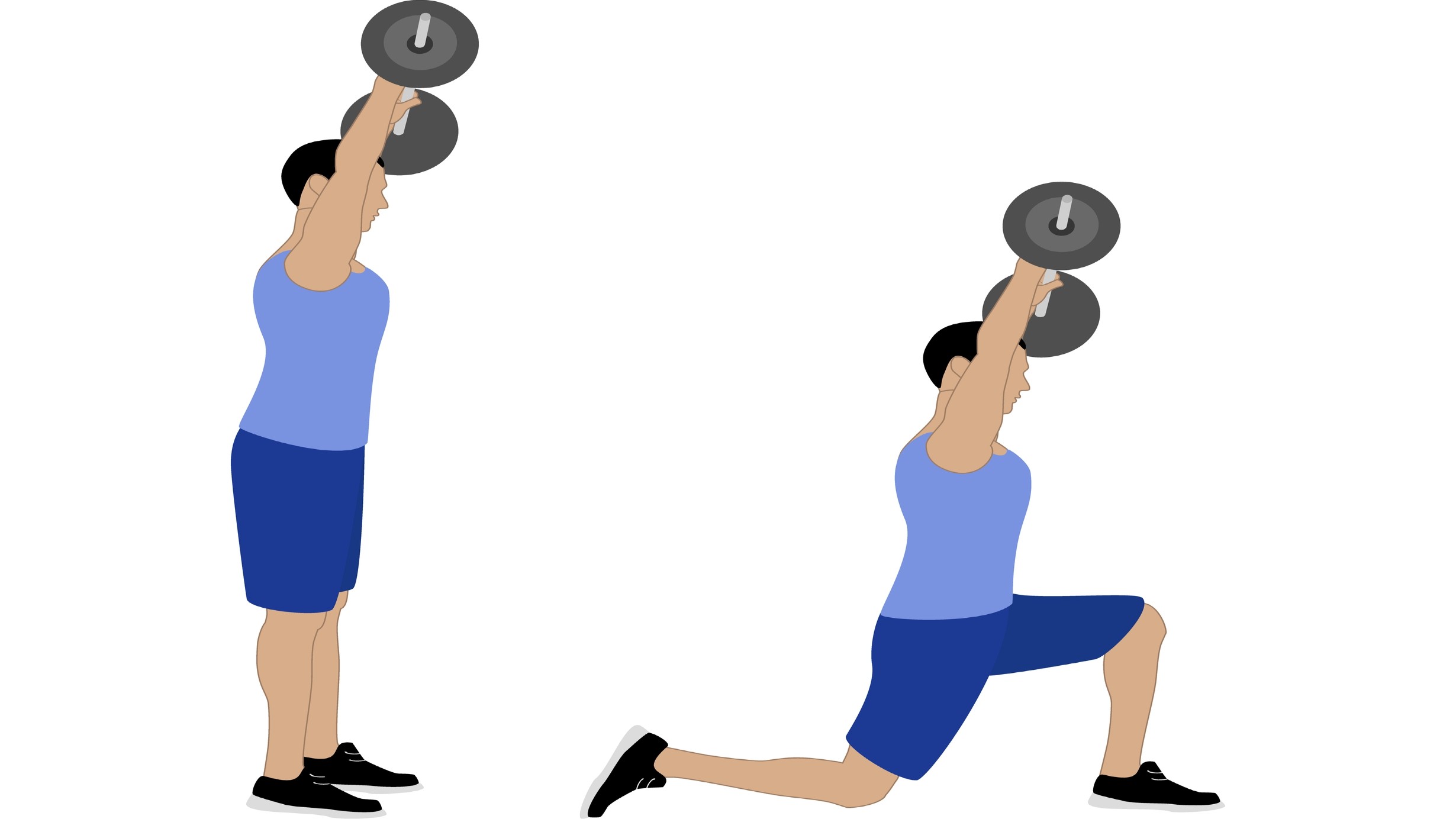
As I mentioned before about grip and control — you’ll be tested here. Shelving and stabilizing the kettlebells in the overhead position is hard graft on the shoulders, arms and core muscles and works the whole upper body before you even bring lunges into the equation.
If you don’t feel comfortable walking just yet, focus on reverse lunges or forward lunges from a stationary position, then add walks when you feel confident. I’d go for a lighter set of weights until you can keep the bells directly over the shoulders without your arms traveling wide.
You'll also know if the weights are too heavy because you'll struggle with a full range of motion during the lunges. Ensure the back knee can tap the ground briefly to reach proper lunge depth.
See above to learn the move or check out our step-by-step how to do walking lunges guide.
3. Kettlebell dead stop rows
Known also as a kettlebell gorilla row, the dead stop row involves pulling the weight toward you from the ground, meaning your muscles aren’t held under tension for as long as regular row reps, but you’ll be pulling dead weight each time. You can row both weights together or unilaterally — one at a time — if you prefer working single-sided.
The hip hinge used during dead stop rows engages the lower body, but this is primarily a back and bicep exercise. Learn how to do gorilla rows step-by-step, here, and check out the how-to video above.
4. Kettlebell snatches
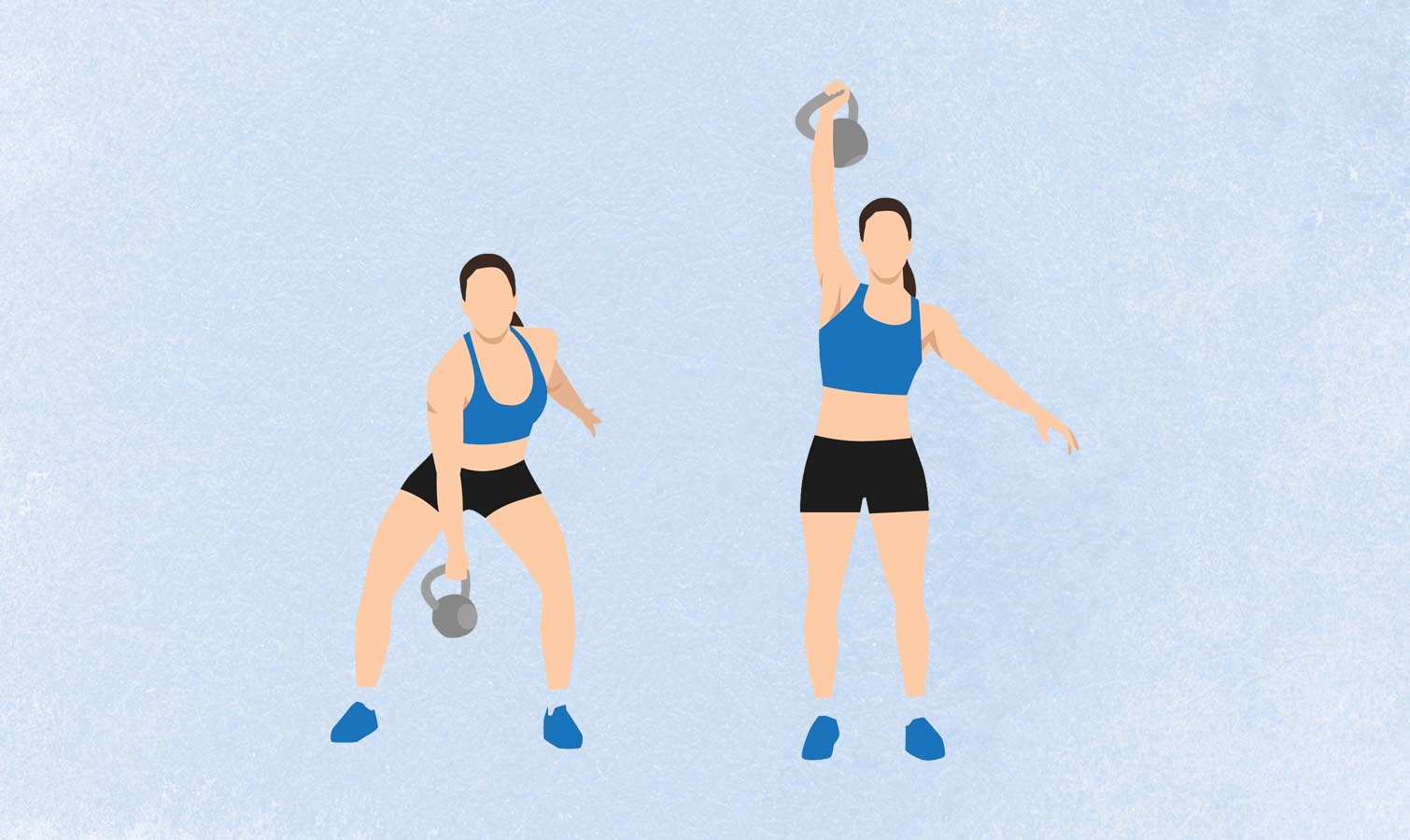
Snatches are explosive and technical in equal measure. You’ll see them more often than not programmed with dumbbells or barbells, depending on the class, but the kettlebell snatch is a brilliant skill to learn and a little harder to master than its dumbbell counterpart.
You’ll need to start light if you’re new to them to avoid the dreaded kettlebell forearm slap and learn to control the weight from start to finish as you pull and "flip" the kettlebell to reach the top position and lockout.
The heavier you go, the harder the snatch (and your form) becomes to maintain, improving muscular power, strength and speed, while testing core stability.
Learn how to snatch correctly here using a variety of free weights, plus coaching cues for each.
5. Double kettlebell swing
All hail the kettlebell swing. Double trouble!
The kettlebell exercise famously develops power, speed and endurance while working the whole body using a hip hinge. Naturally, the hip hinge helps target the muscles along the rear body known as the posterior chain. Your hips, core, hamstrings, glutes, lower back, arms and back muscles work together to drive the kettlebell between the legs and upward while raising your heart rate.
Double swings allow you to load heavily while working your left and right sides independently. It’ll teach your muscles to coordinate and balance, so aim for lighter weights while you develop your skillset, then add load. The weights must move together, so always opt for a weight that your weaker side can manage.
Here’s how to do the kettlebell swing with proper form. Remember, hold one weight in each hand.
Are kettlebells good for strength training?
Yes! If maximal strength training — like developing your one-rep max — or a traditional hypertrophy program is more your style, you might not opt for kettlebells. However, if you enjoy functional strength and conditioning style workouts, HIT, or CrossFit, kettlebell training should be part of your routine.
Lifting kettlebells builds muscular strength, endurance, stability and power, plus helps you learn key skillsets for lifting with them. They also serve as versatile metabolic training tools because there are so many ways to use them to improve various components of fitness.
Bells can improve flexibility, stability, balance, coordination — you name it, kettlebells can nearly always benefit you. But one-off sessions won’t help you develop your skillset, so aim to lift weights several times per week, gradually increase the load you use and play around with exercise variations, weights, or tempos.
You could program the five kettlebell exercises above as a circuit, or work them into a kettlebell complex or flow to bring them together; at TG, we share free kettlebell complexes and kettlebell flows for inspiration.
Functional workouts that use natural movement patterns and recruit multiple large muscle groups demand (and use) more energy to fuel movement — especially as powerful movements recruit the fast-twitch muscle fibers that can only sustain short bursts of movement (compared with slow-twitch muscle fibers that support longer efforts).
Training both types of muscle fibers will make you a more efficient exerciser, able to sustain varied types of motion. The more muscles you stimulate and the lean muscle mass you develop, the more metabolically active it is, boosting your metabolism, too.
More from Tom's Guide
- 5 best kettlebell ab exercises for beginners
- Back in the gym? 5 dumbbell exercises to build full-body strength, muscle and endurance
- 5 best kettlebell exercises for beginners to build muscle, strength and power

Sam Hopes is a level 3 qualified trainer, level 2 reiki practitioner and senior fitness writer at Tom's Guide. She is also currently undertaking her Yoga For Athletes training course. Sam has written for various fitness brands and websites over the years and has experience across brands at Future such as Live Science, Fit&Well, Coach, and T3.
Having worked with fitness studios like F45 and Virgin Active, Sam now primarily teaches outdoor bootcamps, bodyweight, calisthenics and kettlebells. She also coaches mobility and stretching-focused classes several times a week and believes that true strength comes from a holistic approach to training your body.
Sam has completed two mixed doubles Hyrox competitions in London and the Netherlands and finished her first doubles attempt in 1:11.
